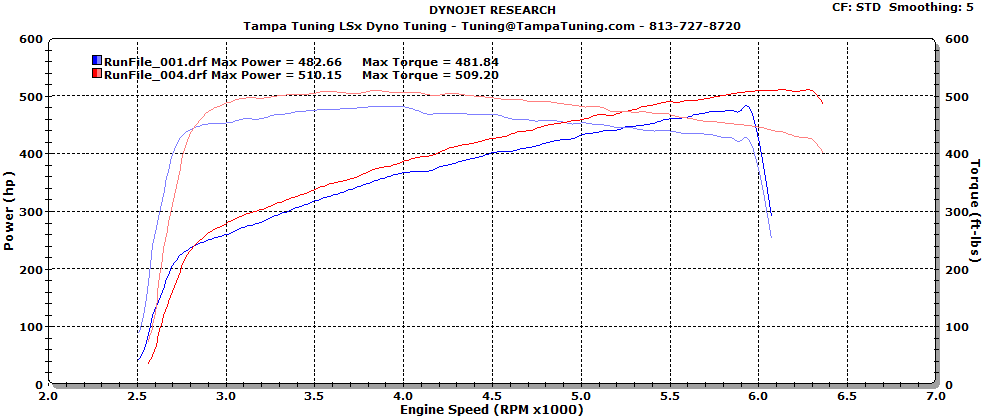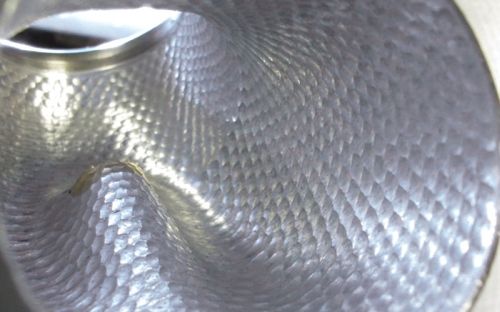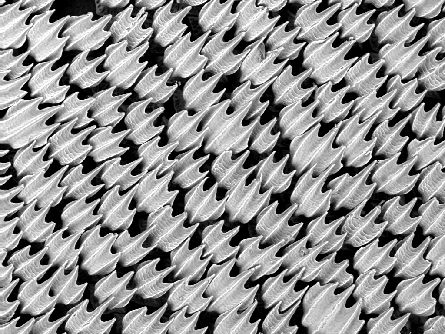thatsmrgimp2u
New member
A bung or two for a boost source would be sweet when these things actually come out.
Sent from my XT1060 using Tapatalk
Sent from my XT1060 using Tapatalk
crash712us said:I personally see no advantage to a larger throttle body on forced induction motor. Other than as mentioned by BPD with 1stsho's experience.
SRT82ECOBOOST said:100% joke
thatsmrgimp2u said:In all seriousness, with the stock intake setup and restrictive intercooler, I'd bet its less than 5hp. Increasing plenum volume has minimal impact on turbo vehicles. I can see potential in the bigger throttle body, but only after the other bottlenecks are remedied.
SwampRat said:Aftermarket throttle bodies are a popular upgrade among many performance enthusiasts .
First SHO had his modified .... Not sure how .
BBK makes one for the 3.5 EB in the F150 and claim an additional 15 to 20 HP .
I think I saw in a post that Tuner Boost was developing one for the 3.5 EB but I'm can't find the post .
Any one have any experience with this on any other engine ?
I am curious to any other benefits that could be gained .


